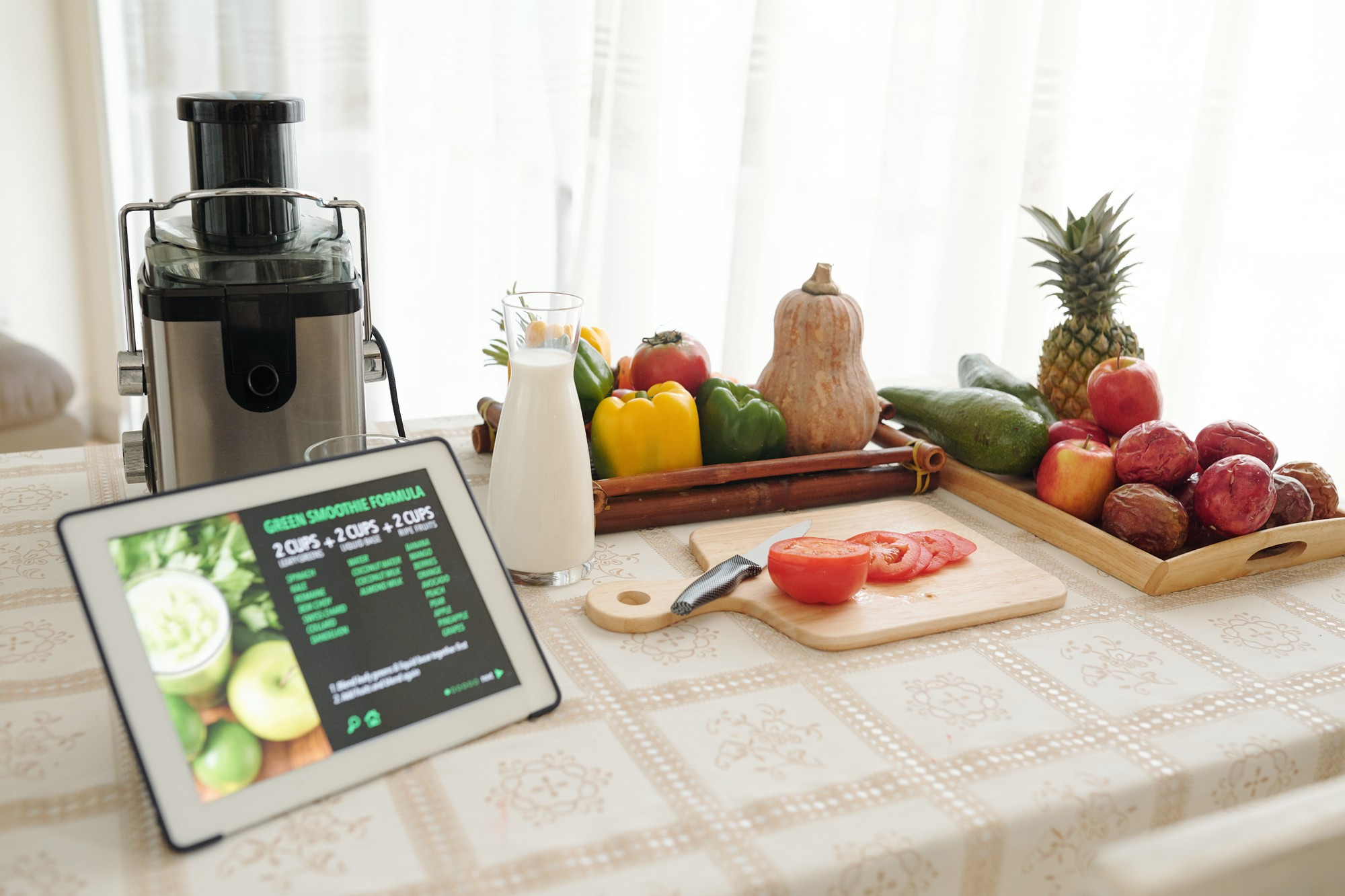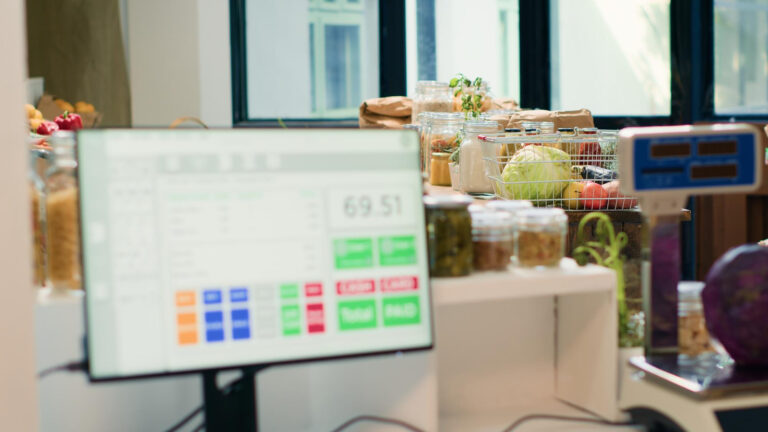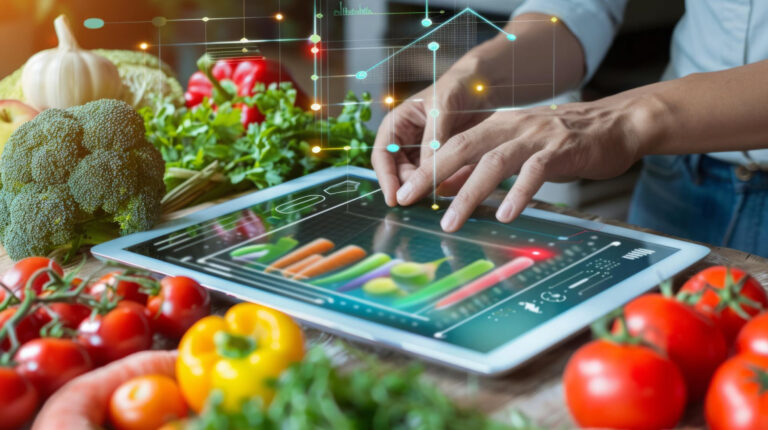Maximizing Profitability in the Food Industry with Odoo Food & Beverages Solutions

The food and beverage industry operates on tight margins, making profitability a constant challenge. Rising ingredient costs, labor shortages, inefficient inventory management, and inconsistent customer service can all eat into profits. To stay competitive, food businesses need streamlined operations, real-time data analysis, and cost-effective management strategies.
This is where Odoo Food & Beverages Solutions becomes a game-changer. By integrating various aspects of food business management—inventory control, POS, accounting, and customer engagement—Odoo helps restaurants, cafés, and food manufacturers optimize resources and boost profitability.
In this article, we will explore how Odoo enhances profitability in the food industry by reducing operational costs, improving efficiency, and increasing revenue through data-driven decision-making.
Key Profitability Challenges in the Food Industry
To understand how Odoo helps maximize profits, let’s first examine the major financial pain points food businesses face:
- High Food and Inventory Costs – Without proper tracking, food waste and overstocking lead to unnecessary expenses.
- Labor Inefficiencies – Poor staff scheduling results in excessive labor costs and underperformance.
- Inconsistent Pricing and Menu Management – Failure to standardize pricing across locations or platforms can reduce revenue potential.
- Manual Accounting and Financial Tracking – Errors and inefficiencies in financial reporting make profitability analysis difficult.
- Poor Customer Retention – A lack of customer loyalty programs leads to lost repeat business.
By addressing these issues, Odoo empowers food businesses to cut costs and improve revenue.
How Odoo Maximizes Profitability in the Food Industry

1. Reducing Food Costs with Smart Inventory Management
Odoo’s Inventory Module enables real-time stock tracking, helping food businesses minimize waste and optimize procurement.
Key Benefits:
- Automated stock tracking prevents over-ordering and food spoilage.
- Demand forecasting ensures optimal ingredient purchases based on sales trends.
- Supplier integration allows cost-effective sourcing by comparing vendor prices.
2. Optimizing Labor Costs through Smart Workforce Management
Labor inefficiencies can drain profits. Odoo’s HR and Payroll modules help optimize staffing.
Key Benefits:
- Automated staff scheduling prevents overstaffing or understaffing.
- Time tracking and attendance monitoring improve productivity.
- Integrated payroll system eliminates manual errors and compliance issues.
3. Improving Sales with Centralized POS and Multi-Channel Integration
Odoo’s Point of Sale (POS) System integrates with online orders, mobile apps, and third-party delivery platforms.
Key Benefits:
- Consistent pricing and promotions across in-store and online sales channels.
- Real-time order synchronization between kitchen, POS, and delivery services.
- Multi-location management for franchise or chain operations.
4. Increasing Revenue with Data-Driven Pricing and Menu Optimization
Odoo provides advanced reporting tools that analyze sales data to optimize menu performance.
Key Benefits:
- Identify high-margin items and adjust menu pricing accordingly.
- Track best-selling and least-selling items to refine menu offerings.
- Seasonal and promotional pricing strategies to maximize revenue.
5. Enhancing Customer Retention with Loyalty and CRM Features
Returning customers spend more. Odoo’s Customer Relationship Management (CRM) and Loyalty Program modules encourage repeat business.
Key Benefits:
- Personalized promotions based on customer purchase history.
- Automated loyalty points system that rewards frequent diners.
- Customer feedback tracking to improve service quality.
6. Automating Financial Management for Higher Profit Margins
Odoo’s Accounting Module ensures financial transparency and cost control.
Key Benefits:
- Automated expense tracking to prevent overspending.
- Branch-wise and consolidated financial reports for better decision-making.
- Real-time profit and loss analysis to identify cost-saving opportunities.
- Profitability Improvement: Traditional vs Odoo-Enabled Food Business
| Aspect | Traditional Food Business | Odoo-Optimized Food Business |
| Inventory Management | Manual stock tracking, high wastage | Automated stock control, reduced waste |
| Labor Costs | Unoptimized scheduling, overstaffing | AI-driven staff allocation, cost reduction |
| Order Processing | Slow, manual order handling | Automated POS and kitchen synchronization |
| Pricing Strategy | Inconsistent, guesswork-based | Data-driven pricing for higher margins |
| Customer Loyalty | Basic discounts, no tracking | Automated loyalty rewards and personalized offers |
| Financial Management | Separate records, prone to errors | Integrated accounting with real-time reporting. |
Step-by-Step Guide to Implementing Odoo for Higher Profits
1. Set Up Odoo Inventory for Automated Stock Tracking
- Define stock levels for each ingredient.
- Enable automated restocking and supplier price comparison.
2. Integrate Odoo POS for Seamless Order Processing
- Standardize menu pricing and promotions.
- Connect POS with kitchen displays and online orders.
3. Utilize Odoo HR for Labor Optimization
- Implement shift scheduling based on demand patterns.
- Automate payroll calculations and compliance tracking.
4. Leverage Odoo CRM for Customer Engagement
- Launch a loyalty program with reward points.
- Automate personalized promotions based on customer data.
5. Optimize Financial Management with Odoo Accounting
- Automate expense tracking and financial reporting.
- Use real-time profit analysis to adjust cost structures.
Frequently Asked Questions (FAQ)
Q1: How does Odoo reduce food waste in restaurants?
Odoo’s inventory module automates stock tracking, prevents overordering, and forecasts demand based on past sales data.
Q2: Can Odoo help in managing labor costs?
Yes, Odoo HR automates shift planning, tracks employee performance, and integrates payroll, reducing unnecessary labor expenses.
Q3: Does Odoo support multi-channel sales, including online ordering?
Yes, Odoo POS integrates with websites, mobile apps, and third-party delivery platforms to unify sales channels.
Q4: How does Odoo help in setting profitable menu pricing?
Odoo analyzes sales data to highlight high-margin dishes, allowing restaurants to adjust prices for maximum profitability.
Q5: Is Odoo suitable for small restaurants, or just large chains?
Odoo is scalable and works for both small eateries and multi-branch restaurant chains.
Maximizing profitability in the food industry requires precise cost control, efficient operations, and data-driven decision-making. Odoo Food & Beverages Solutions provides the tools necessary to streamline inventory, labor, sales, customer engagement, and financial management—ensuring businesses operate at peak efficiency.
With Odoo, food businesses can reduce operational costs, increase sales, and enhance customer retention, leading to long-term profitability and success.
🚀 Boost Your Food Business Profits with Odoo Today!
Are you ready to transform your food business with Odoo? Get started today and maximize your profitability!





